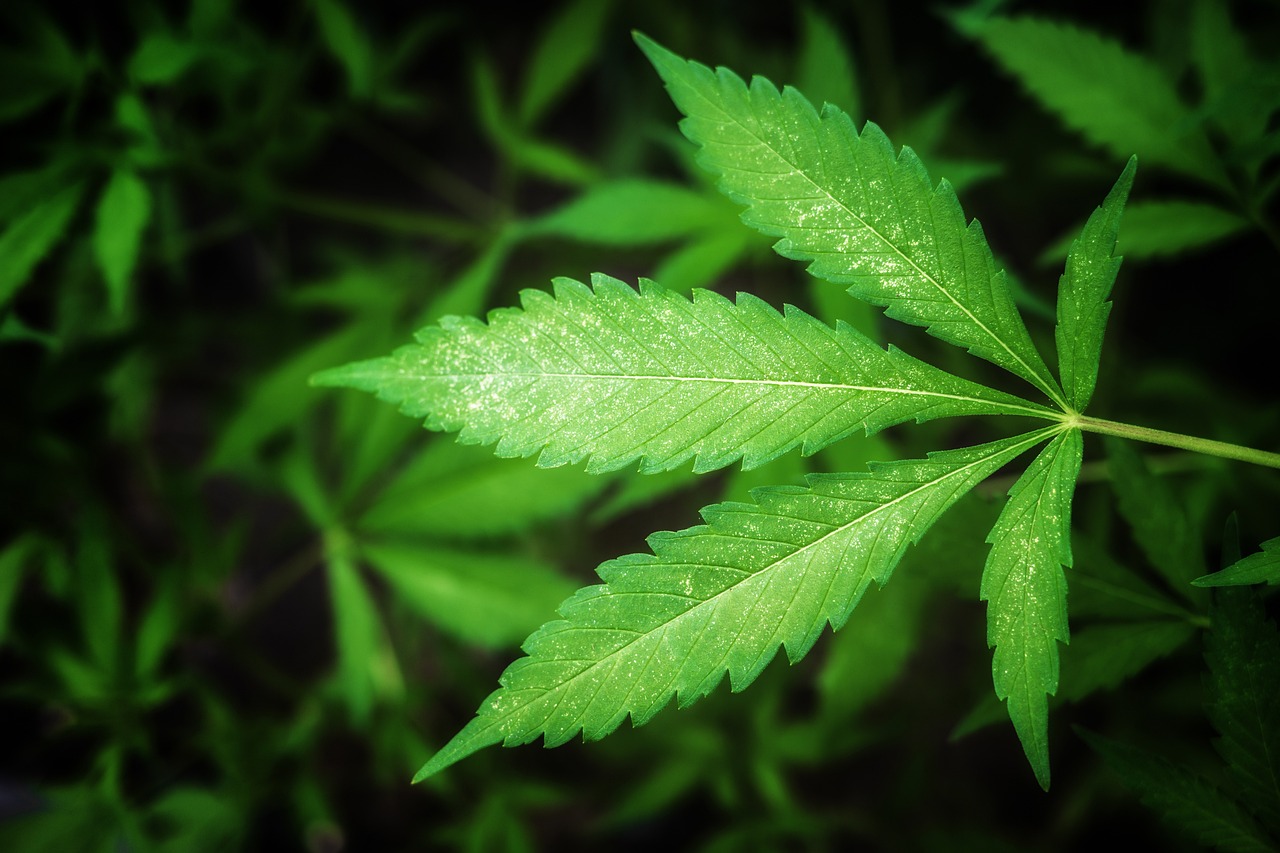
With the growing interest in cannabis and its derivatives, THCA flower has emerged as a popular choice among enthusiasts. This guide aims to provide a comprehensive overview of THCA flower for relaxation techniques consumption, offering insights into its benefits, methods of use, and considerations for beginners.
Understanding THCA
THCA, or tetrahydrocannabinolic acid, is a non-psychoactive cannabinoid found in raw cannabis plants. Unlike THC, which is known for its psychoactive effects, THCA does not produce a high. This makes it an attractive option for those seeking the therapeutic benefits of cannabis without the mind-altering effects.
Benefits of THCA
Research suggests that THCA may offer a range of health benefits, including:
- Anti-inflammatory properties, which can help with conditions like arthritis.
- Neuroprotective effects, potentially aiding in the prevention of neurodegenerative diseases.
- Anti-emetic properties, which may reduce nausea and vomiting.
- Potential anti-cancer properties, as indicated by preliminary studies.
These benefits make THCA an appealing option for those looking to explore the therapeutic potential of cannabis.
Methods of Consuming THCA Flower
There are several ways to consume THCA flower, each offering a unique experience. Here are some popular methods:
Raw Consumption
Consuming raw cannabis is one of the simplest ways to intake THCA. This can be done by adding raw cannabis leaves or flowers to smoothies or salads. This method preserves the THCA content, allowing users to benefit from its properties without any psychoactive effects.
Juicing
Juicing raw cannabis is another effective way to consume THCA. By blending fresh cannabis leaves and flowers with fruits and vegetables, users can create a nutrient-rich beverage. This method not only provides THCA but also delivers a host of vitamins and minerals.
Tinctures
THCA tinctures are liquid extracts that can be taken sublingually or added to food and drinks. This method offers precise dosing and is convenient for those who prefer not to consume raw cannabis directly.
Topicals
For those interested in localized relief, THCA-infused topicals such as creams and balms can be applied directly to the skin. This method is particularly useful for addressing inflammation and pain in specific areas.
Considerations for Beginners
When starting with THCA flower, beginners should keep a few things in mind to enhance their experience:
- Start with a low dose to gauge your body’s response.
- Consult with a healthcare professional, especially if you have pre-existing health conditions or are taking other medications.
- Choose high-quality products from reputable sources to ensure safety and efficacy.
- Be patient, as the effects of THCA may take time to manifest.
Case Studies and Statistics
Several studies have highlighted the potential benefits of THCA. For instance, a study published in the British Journal of Pharmacology found that THCA exhibited anti-inflammatory properties in animal models. Another study in the Journal of Neuroimmune Pharmacology suggested that THCA might have neuroprotective effects, offering hope for conditions like Alzheimer’s disease.
Statistics from the cannabis industry indicate a growing interest in non-psychoactive cannabinoids. According to a report by Grand View Research, the global cannabis market is expected to reach USD 73.6 billion by 2027, with a significant portion attributed to non-psychoactive products like THCA.
Conclusion
THCA flower presents an exciting opportunity for those interested in the therapeutic benefits of cannabis without the psychoactive effects. By understanding the various methods of consumption and considering individual needs, beginners can make informed decisions about incorporating THCA into their wellness routine. As research continues to uncover the potential of this cannabinoid, its popularity is likely to grow, offering new possibilities for health and well-being.
